Prairie Fire
In the mid 1800s, ranchers burned the prairie resulting in nutritious new growth that would benefit the cattle they brought up from Texas. Today, for a landowner wishing to maintain a prairie ecosystem, prescribed burning is the most effective and least expensive solution.
Prairies contain plants, insects, birds, mammals, and reptiles, many of which are found only on the prairie. Controlled burning helps release nutrients from the dead vegetation so it can be used by the new plant growth. Solar energy is more readily absorbed due to the blackened soil, which stimulates the seeds to germinate and grow quicker. Burning also helps to control shrubs and trees that invade the prairie. Without burning, many of the prairies would eventually turn in forests.
Last night, Harland was asked to help with a controlled burn of about 50 acres of prairie. Besides farming, Harland is also a volunteer fireman. He asked if I wanted to tag along, and so I did, never having “attended” a prairie fire before. In the past I’ve seen prairie fires from a distance, but never participated in one. First, an area around the land was cut and raked to contain the fire to the prescribed area. As there was a breeze out of the southwest, the fire was started in the northeast corner of the land.
This forces the fire to burn into the wind, thereby controlling the speed that the fire travels across the land.
The heat was tremendous, and the crackling and popping of the dry vegetation as the fire swept over the land was much louder than I would have imagined.
At one point I looked away from the fire, and saw that its light cast an eerie glow on the land around.
The guys kept a careful eye on the fire to ensure that it did not spread into an unwanted area.
The burn was started about 8pm, and was concluded by 9:30pm. Soon, new green growth will pop up out of the blackness as the prairie renews itself.

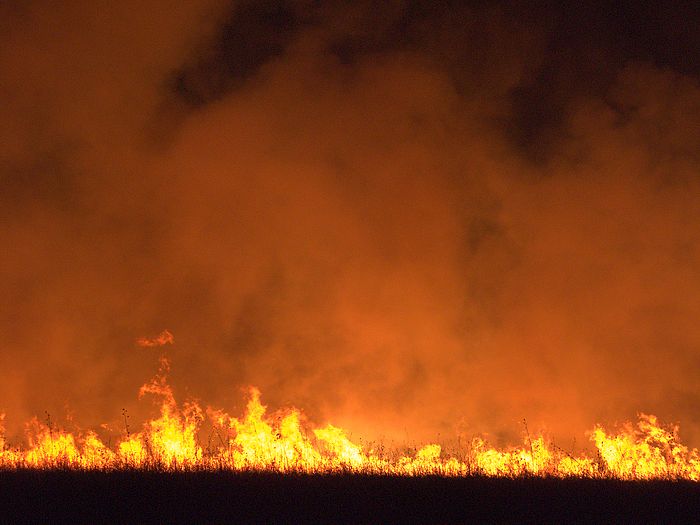
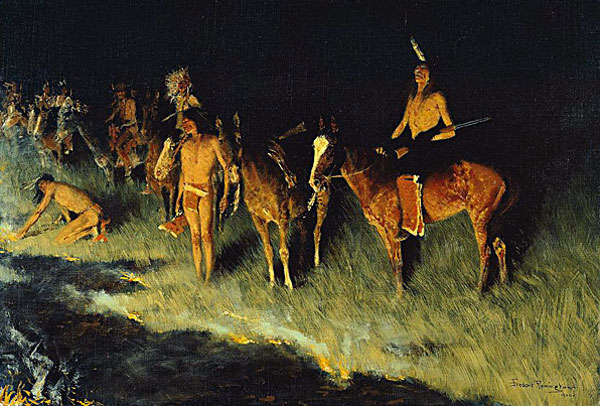
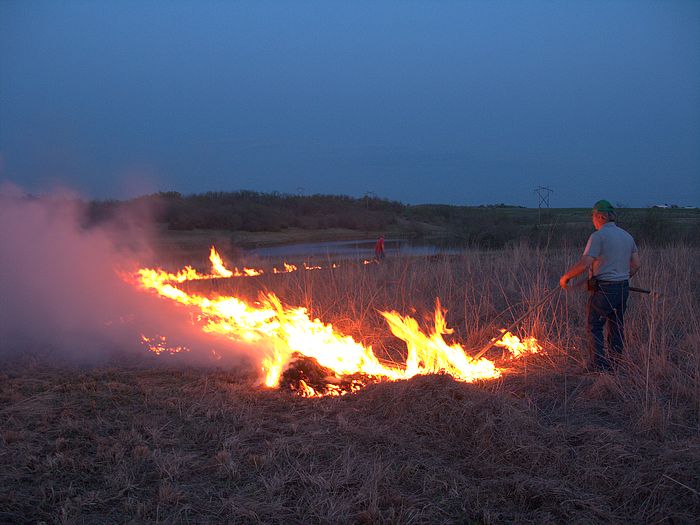
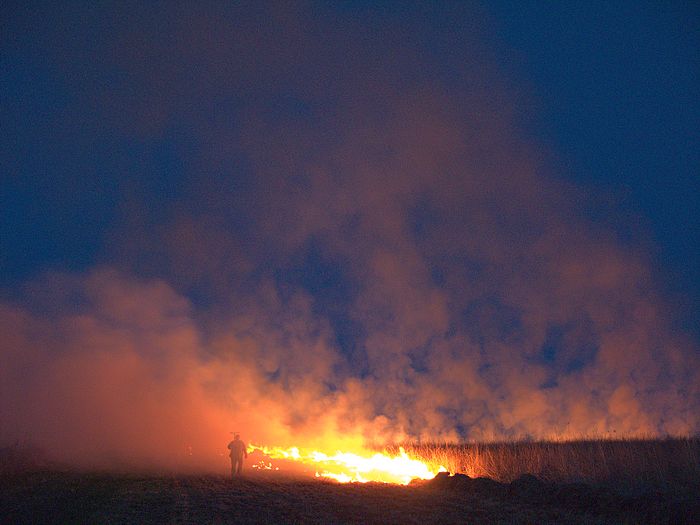

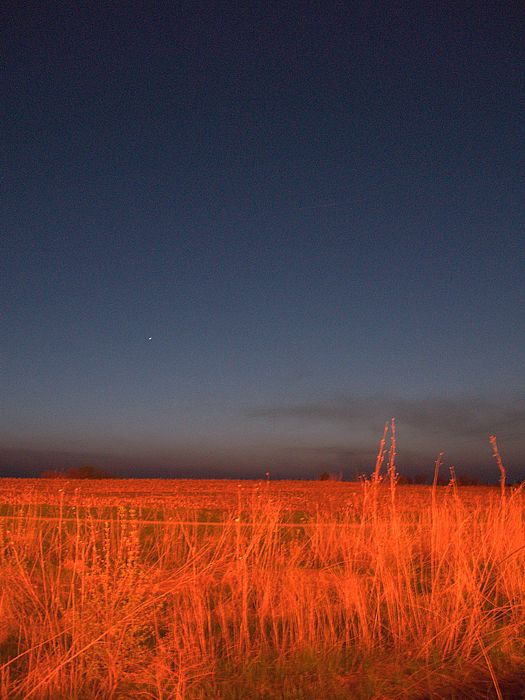
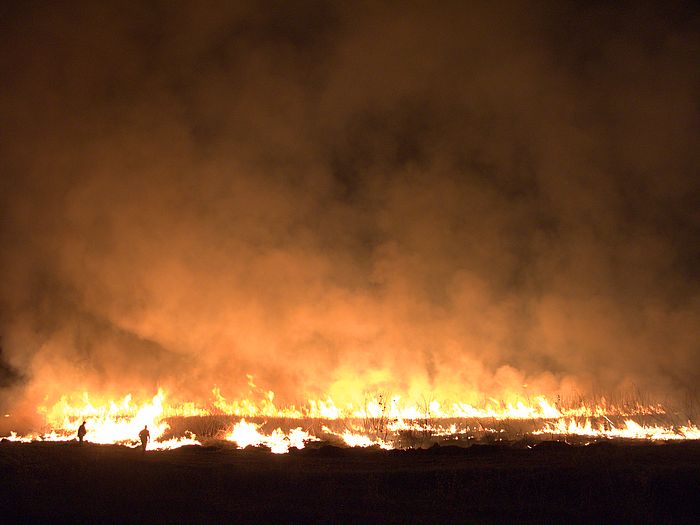
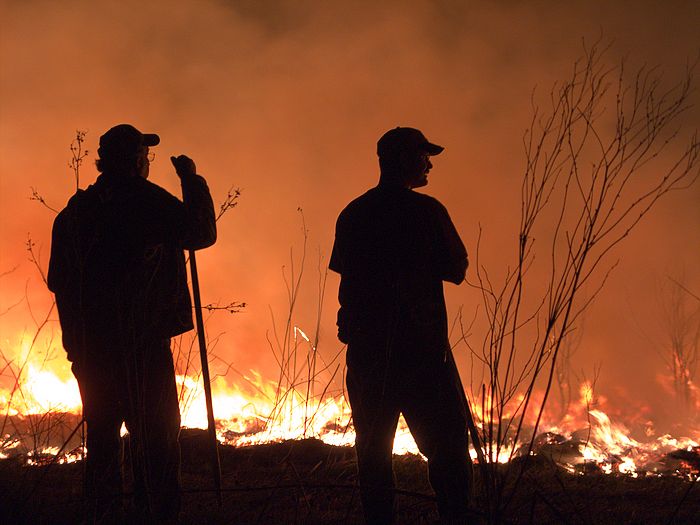
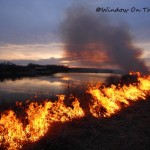
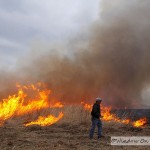
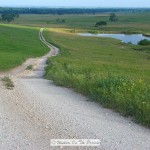
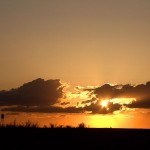
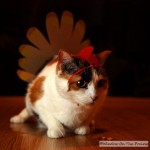
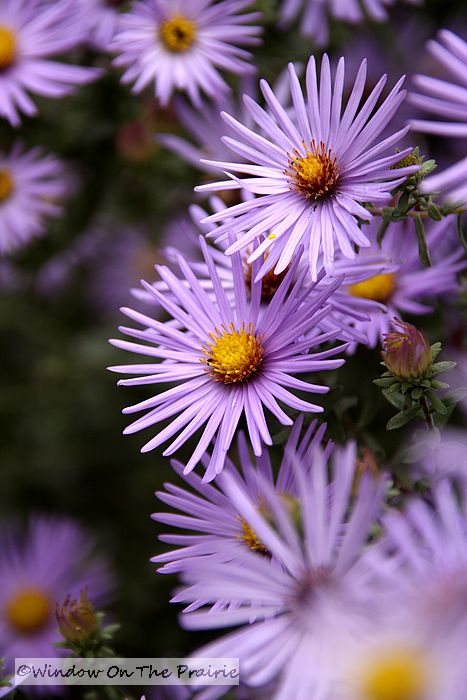
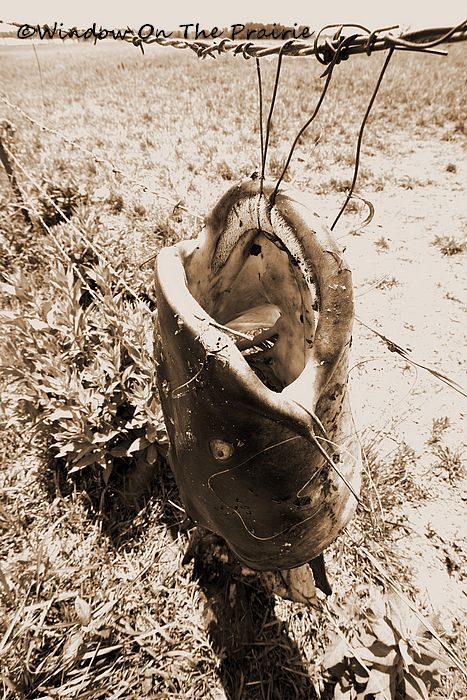
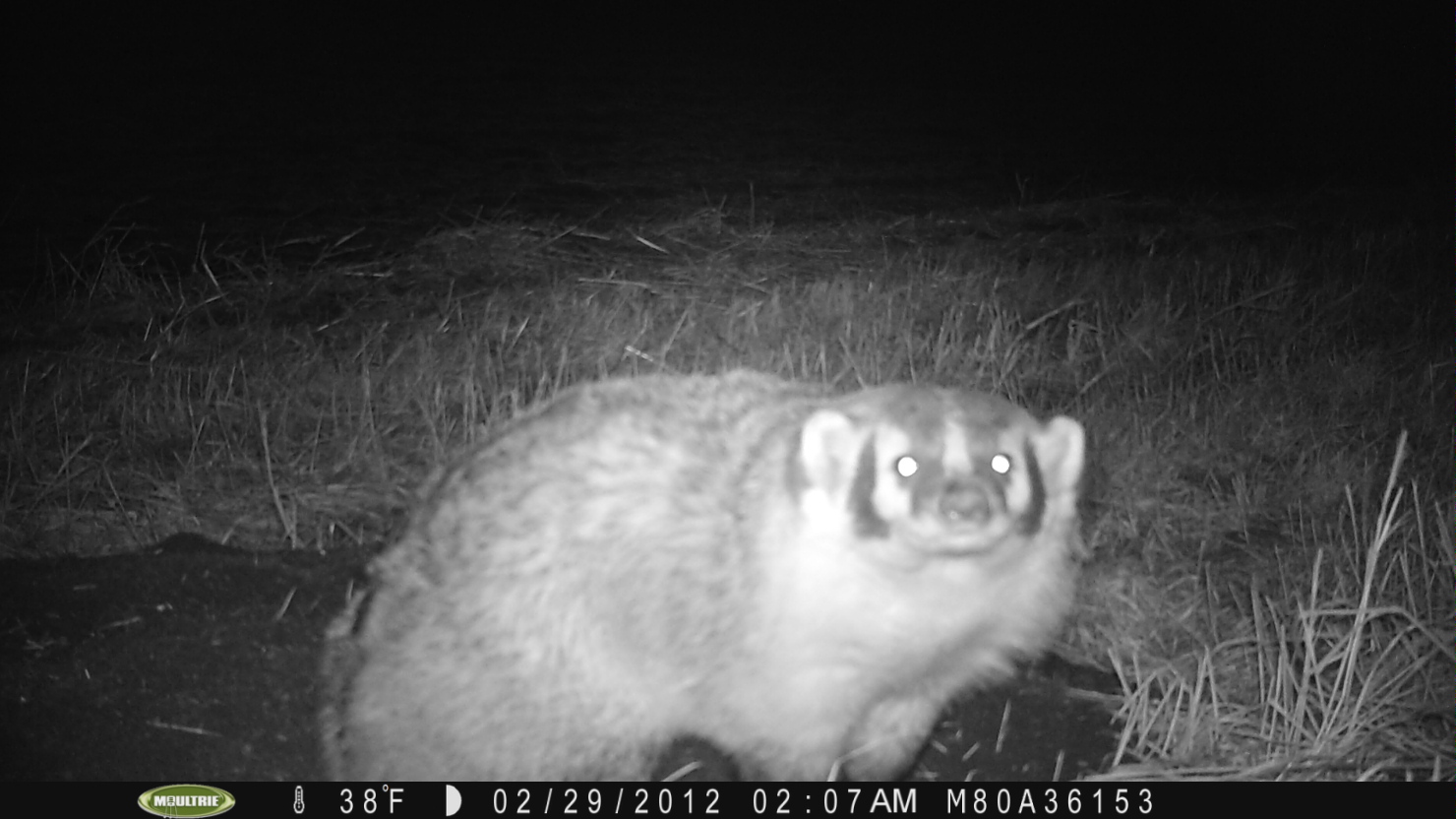
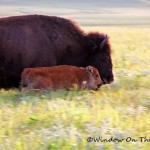
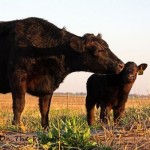
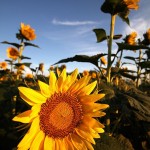
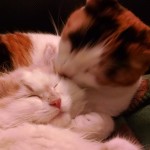

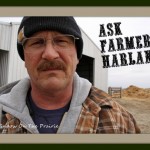




Great photos! I recognize Harland’s profile.
Hey, I sent my sister here in Columbia this link and I’ll send you her comments.
Enjoyed the closeups of the flowers in Ensley’s garden but how about some shots farther out to see the total effect as well?
Gotta work now,
Glenda
Thank you! Yes, in the last pic, that’s Harland and his brother.
I always thought this was such a cool “life out of death” thing….its awesome
It mirrors so much of life doesn’t it, good coming from bad.
Thank you for stopping by!
Oh my gosh I did not know this wow I love learning things.
Thanks
You’re welcome Aletha, and thank you!
I remember as a youngster that tracking down the source of the “prairie fire” was a grand source of entertainment on a beautiful spring evening. The glow of the fire could be seen for miles, but it always looked as though it were “just over the next hill.” We might wander for miles trying to find the source, always “just over the next hill.”
But oh, the sight when you actually DO top “the next hill” and see the fire spread out beneath you ! ! !
Glorious ! ! !
Sure sign that winter is over and spring is here.
The new bright green grass, redbuds, and dogwoods blooming against the charred black of the recently burnt ground is a sight to behold !
My daughter has been in Germany for the past 3 years. They were invited to “winter burning” by their German neighbors, a custom in Germany.
I wonder what the Germans would think of the Kansas “winter burning.”
Hmmmm…. a lot of German immigrants settled in Kansas…I wonder if they brought their custom with them.